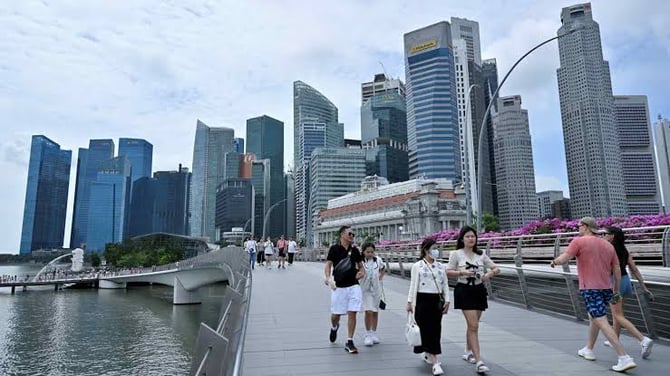Singapore’s Inflation Slows Down as GDP Growth Picks Up

Singapore’s inflation rate slid to just 1.4% in October, its lowest level since March 2021, surprising markets that had expected a rate of around 1.8%. This figure presented a significant drop from September’s 2% as car prices declined and rent increases slowed.
Core inflation, a measure that strips out accommodation and private transport, also eased to 2.1%, below the 2.5% forecast, driven by slower rises in electricity, gas, medicine, and clothing costs. The Singapore dollar strengthened slightly to 1.34 against the U.S. dollar following the report, gaining 0.13%.
Unlike many economies that use benchmark interest rates, Singapore’s monetary policy is mainly focused on managing the Singapore dollar's exchange rate within a controlled policy level. This unique approach tries to stabilize prices while maintaining steady economic growth. The Monetary Authority of Singapore adjusts the level to respond to inflationary pressures and external economic conditions.
What Does This Mean for Me?
At the same time, Singapore’s economy showed robust performance, growing 5.4% year-on-year in Q3, beating the earlier estimate of 4.1%. This was the strongest quarterly growth since late 2021, when it hit 6.1%. The city-state also revised its 2024 GDP growth forecast upward to around 3.5%, from the previous range of 2% to 3%.
The combination of easing inflation and accelerating GDP growth highlights Singapore’s resilience in the face of global economic challenges.
More News
.webp)
Japan’s Rate Shift Is Rippling Through Global Bond Markets

China’s Growth Engine Stalls as Consumers and Investors Pull Back

Egypt’s Recovery Gains Traction as Household Pressure Lingers

OECD Warns AI and Tariffs Will Test the Global Economy

Zero Tariffs, Higher Drug Bills as US and UK Reset Pharma Trade

Catastrophe Bonds Go Global as Climate Risk Meets Yield Hunting
.webp)
Canada Shields Steel and Lumber Industries From Tariffs
